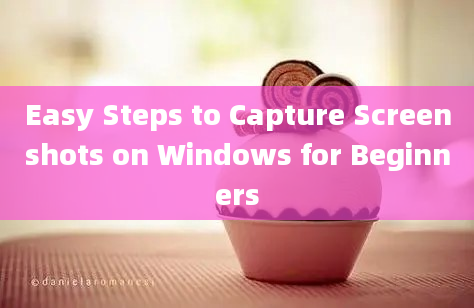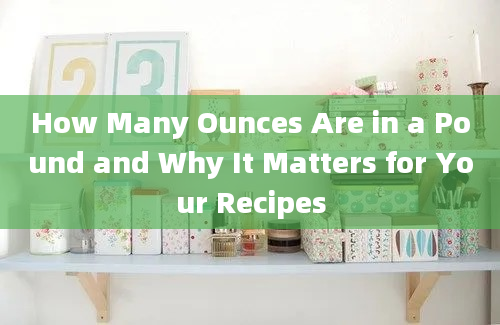How Many Quarts Are in a Gallon and Why It Matters for Your Recipes

Understanding basic unit conversions is crucial in the culinary world, as precise measurements can make or break a recipe. One common question that arises is, "How many quarts are in a gallon?" This seemingly simple query has significant implications for your cooking and baking endeavors. Let's delve into the details.
The Conversion: Quarts to Gallons
In the United States, the standard measurement system defines that there are 4 quarts in a gallon. This conversion is fundamental and widely accepted in both culinary and nonculinary contexts. The U.S. customary system is distinct from the imperial system used in some other countries, where the conversion rates differ slightly.
U.S. Customary System: 1 gallon = 4 quarts
Imperial System: 1 imperial gallon = 4.54609 liters, which is approximately 4.804 quarts
For the purpose of this article, we will focus on the U.S. customary system, as it is more commonly used in American kitchens.
Why This Conversion Matters
1. Recipe Accuracy: Precise measurements are essential for the success of any recipe. Whether you are scaling up or down, knowing how many quarts are in a gallon helps maintain the correct proportions of ingredients.
2. Baking Science: Baking is a science where ingredient ratios are critical. Even a small discrepancy can affect the texture, flavor, and overall outcome of baked goods.
3. Volume Management: When dealing with large quantities, such as in catering or bulk cooking, understanding these conversions helps in efficient volume management.
4. Substitution Flexibility: Sometimes, you might need to substitute one measuring unit for another. Knowing the conversion allows for seamless adjustments.
Historical Context
The origins of these measurements can be traced back to ancient times, but the standardized system we use today was established to create uniformity. According to the National Institute of Standards and Technology (NIST), the U.S. customary system was officially adopted in the late 18th century.
For more detailed historical context, you can refer to the [NIST website](https://www.nist.gov/pml/weightsandmeasures).
Practical Applications
Cooking Soups and Stews: When doubling or halving recipes, knowing the conversion helps in adjusting the liquid components accurately.
Baking Bread: The ratio of water to flour is crucial in breadmaking. Precise measurements ensure consistent results.
Mixing Cocktails: Even in mixology, understanding these conversions can help in scaling recipes for large gatherings.
Conclusion
Understanding how many quarts are in a gallon is not just a trivial piece of knowledge; it is a fundamental aspect of culinary precision. Whether you are a home cook or a professional chef, this conversion plays a vital role in ensuring the success of your culinary creations.
For further reading and detailed conversions, you can visit the [U.S. Food and Drug Administration’s guidelines on measurements](https://www.fda.gov/foodlabelingnutrition/foodlabelingguide).
Frequently Asked Questions
Q1: How many quarts are in a gallon?
A1: There are 4 quarts in a gallon according to the U.S. customary system.
Q2: Why is it important to know the conversion from quarts to gallons in cooking?
A2: Knowing this conversion ensures recipe accuracy, especially when scaling up or down, which is crucial for maintaining the correct proportions of ingredients.
Q3: What is the difference between the U.S. customary and imperial systems regarding gallons and quarts?
A3: In the U.S. customary system, 1 gallon equals 4 quarts, whereas in the imperial system, 1 imperial gallon is approximately 4.804 quarts.
Q4: Can knowing the conversion from quarts to gallons help in baking?
A4: Yes, precise measurements are critical in baking, and knowing this conversion helps maintain the correct ratios of ingredients, affecting texture and flavor.
Q5: How does understanding this conversion assist in volume management for largescale cooking?
A5: It helps in efficiently managing and adjusting ingredient volumes, which is essential in catering or bulk cooking scenarios.
Q6: Where did the U.S. customary system originate?
A6: The U.S. customary system was officially adopted in the late 18th century, as documented by the National Institute of Standards and Technology (NIST).
Q7: Can you provide a practical example of using this conversion in cooking?
A7: When doubling a soup recipe that calls for 2 gallons of broth, knowing the conversion helps you accurately measure 8 quarts instead.
Q8: Is this conversion relevant for mixing cocktails?
A8: Yes, understanding the conversion can help in scaling cocktail recipes for large gatherings, ensuring consistent flavor profiles.
Q9: How can I ensure precise measurements when converting between quarts and gallons?
A9: Use standardized measuring tools and doublecheck conversions to ensure accuracy. Refer to reliable sources like the FDA or NIST for guidance.
Q10: Where can I find more information on measurement conversions for cooking?
A10: You can visit the [U.S. Food and Drug Administration’s guidelines on measurements](https://www.fda.gov/foodlabelingnutrition/foodlabelingguide) or the [NIST website](https://www.nist.gov/pml/weightsandmeasures) for detailed information.









